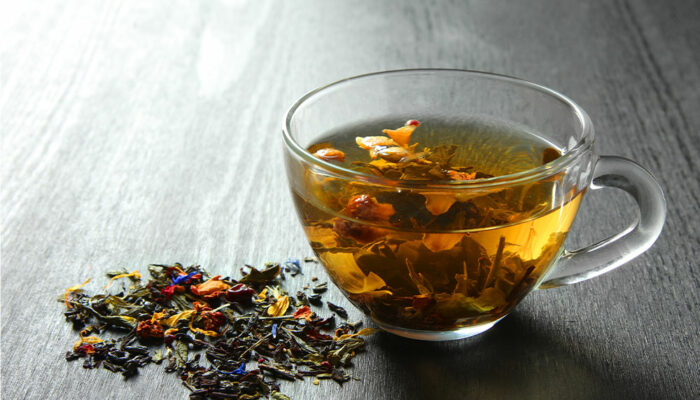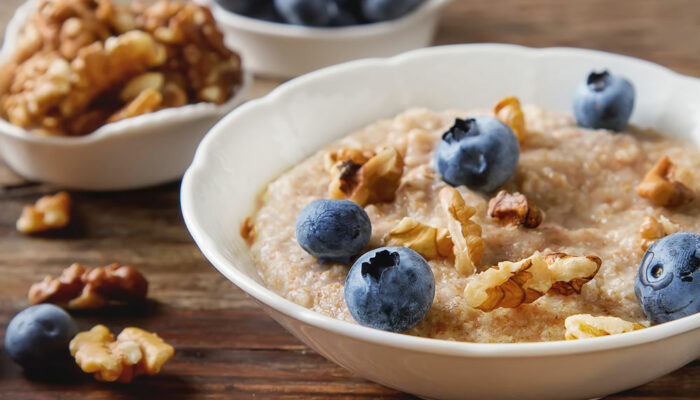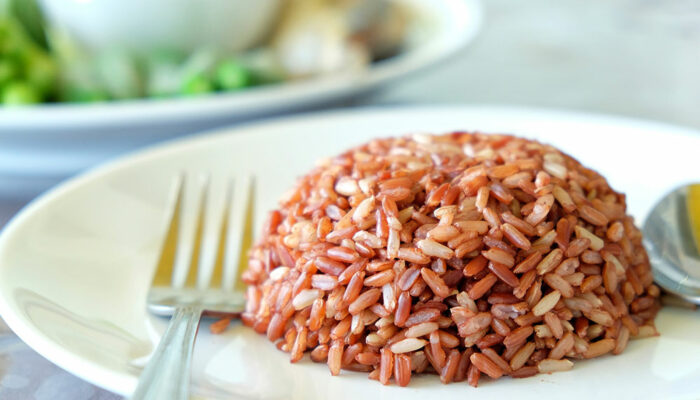
health
8 silent signs of high cholesterol to note
High cholesterol is a prevalent health concern affecting millions of people nationwide. While many people associate high cholesterol with visible symptoms, it often progresses silently, leading to serious cardiovascular issues. Recognizing these silent signs of high cholesterol is essential for its early detection, as it can lead to timely interventions that could potentially save lives. So, here are eight silent signs of high cholesterol that one should be aware of. Fat deposits around the eyes (Xanthelasma) One subtle sign of high cholesterol is the appearance of fatty deposits around the eyes that have a yellowish tinge, known as xanthelasma. These soft, raised patches can develop on or near the eyelids and are often painless. While xanthelasma itself doesn’t cause health problems, it can be an indicator of underlying high cholesterol levels. If one notices these deposits, one must consult a healthcare provider for a cholesterol check. Gray or white rings around the cornea (Arcus Senilis) Arcus senilis is a white or gray ring that forms around the cornea. It’s a common sign of high cholesterol and usually appears in individuals over 40. While this condition typically doesn’t affect vision, it can signal elevated cholesterol levels and should prompt a discussion with the healthcare provider.
Read More 








